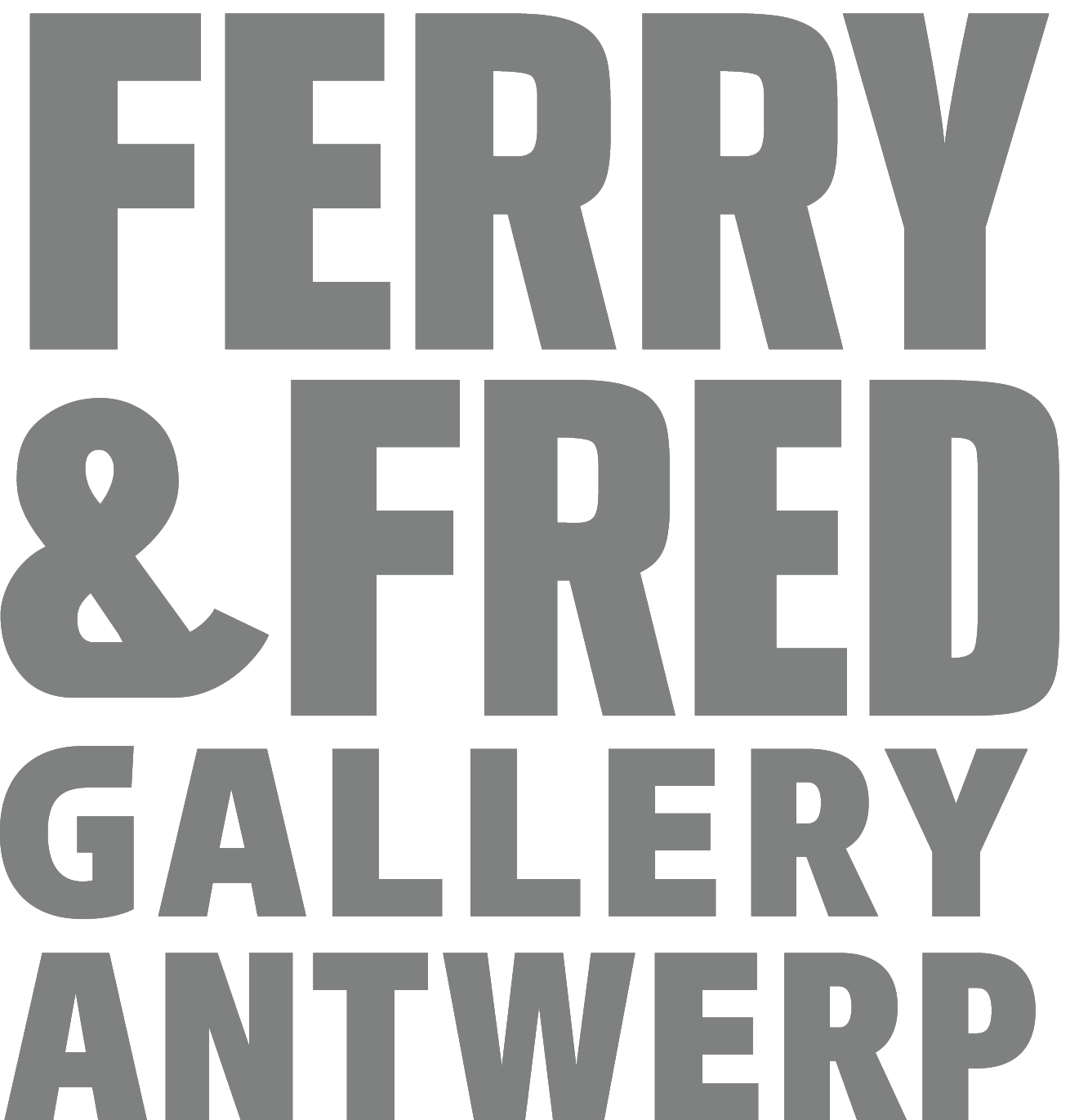Link: https://kiosk.art/residing-in-intervals
On an otherwise quiet Tuesday at the CCHA, folks filed into the theater for the first performance of the evening from artist-researcher Toon Leën. A culmination of a PhD from PXL-MAD School of Arts and Hasselt University, Leën presented a marathon of four lecture-performances, guiding the audience on a journey dictated by images with a life of their own. Leën stakes the claim that images have agency, and that they interact with each other across time and place. He makes a convincing case as he pulls at threads across disparate contexts, from religious iconography to social media. As an artist himself, he reveals the surprising relationships between images and their associative qualities serving as a bridge across the gaps—the intervals—between them.
The program began with A big basket of apples (Een grote mand met appels): a winding contemplation of Cézanne’s impressionistic apples and the intuition, or seeming innocence, behind relationships of color. Here we are introduced to a frequent figure in Leën’s research: the color-blind painter Sarah Bal, whose abstract work plays with precise geometric structures that break up the canvas and fill it with rich colors, seemingly at random. Undeterred by her impairment in seeing the full tonalities of color, her work holds an element of mystery, the gap between what the viewer sees and what the artist sees. Sarah Bal is, of course (was it obvious?), a work of fiction. Bal is a character created by Leën and performed by actress Mathilde Irrmann. A tension here, a ripple: we believe we are on a journey dictated by images, which we are told move of their own accord and hold their own relationships, but now we begin to see more fully the precise manipulations of Leën as an artist and performer, as someone who provokes questions.
Projected behind Leën, images and short films appear on a large screen, in a finely-tuned, smooth-as-glass formal lecture that occasionally breaks formality, triggering nervous laughs and murmurs: technical glitches slowly revealed as a planned stunt—why? Perhaps to show the classic color bars used to calibrate televisions, or maybe just to focus our attention, break the ice. Each presentation is timed down to the second, setting a mesmerizing, entertaining rhythm as images flash in front of our eyes.
In Hommage aan een afwezige pony (Homage to an absent pony), our starting point is a picture supposedly plucked from a personal archive: an uncanny sign in a Berlin park decrying the death of a cute white pony. That which is absent from reality holds an increased ‘affective presence’ in the image—we empathize with the subject; we reproduce it and its afterlives. Leën draws comparisons ranging from the visceral Stigmata of St. Francis to the carrying of photographs in various modern-day protests and memorials. How is empathy manufactured by the image? Research into religious iconography is a recurring element in Leën’s work; in the final lecture of the evening The irresistible image and the sceptical gaze (Het onweerstaanbare beeld en de sceptische blik), he begins with a reflection on the legend of Saint Christopher carrying baby Christ and draws connections between ‘irresistable images’ employed by autocratic regimes—the image of the authoritarian rule raised on a platform, a kind of ascension.
While thought-provoking, the thread of continuity in the lectures is difficult to find in retrospect. As each performance ends, one feels as though they have learned a great deal but would be hard-pressed to describe the takeaway, not unlike the sensation of waking up from a vivid dream. Perhaps the space between dream and waking is an apt metaphor, akin to Leën’s preoccupation with the dash as interruption, interval, bridge. In the third and perhaps most accomplished performance Homage to the Dash (Hommage aan de gedachtestreep), Leën describes the introduction of the dash in Bal’s paintings as an object to fill an emptiness in a series of smaller works of less saturated color studies. As the dash is examined as an interval between images, it is also compared to the disruptive event of the coup d’etat, with Leën drawing from photo and video of events such as the failed coups of the Soviet Union and the U.S. to visualize the connections.
The tension of the dash—existing as both inciting an interruption and a bridge to cross the interruption—feels illustrative of the project at large. Leën activates the associative, empathic powers of the image to affect us, move us, even as he seeks to capture how they speak to each other without our involvement. The research resides in this in-between space, without resolution.
Megan Briggs is an American poet and video artist based in Antwerp, Belgium. Their practice involves experimental film and sound design to form an audiovisual poetics.



